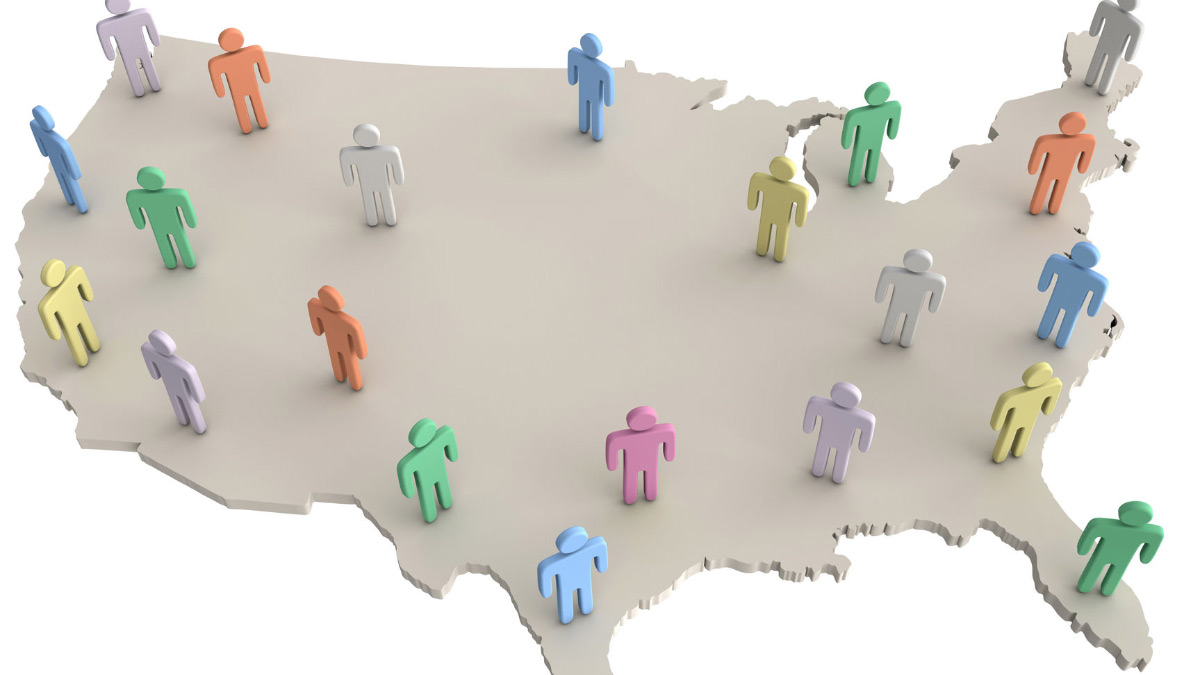A recent Wall Street Journal article profiled 13 Democratic leaders, mostly House members, in the new Congress. I was struck by the fact that every one of them lived in a coastal state—bordering the Atlantic or the Pacific Ocean, not one coming from one of the 31 states where 187 million (a large majority) of Americans live, located in the interior of the country—flyover territory to some. But then I realized something else: all were college graduates (no surprise there), with 12 of them having at least one degree from a school in the northeastern quadrant of the United States. Many of them have degrees from expensive elite private eastern schools: Harvard (two), Columbia, Tufts (two), Middlebury, Mount Holyoke, Georgetown. The eastern elite private schools are truly the home of the nation’s future leaders.
Two facts are largely indisputable: first, the most progressive politicians in the country overwhelmingly come from states with direct coastal access (Pennsylvania is not on the ocean but Philadelphia has direct access to it). Second, the overwhelming majority of the schools perceived as the nation’s best and therefore most selective are in the coastal regions.
Regarding politics, look at the current U.S. Senate. The Republican majority comes overwhelmingly from the interior—42 of 53 senators (the rest are mainly from southern states bordering the Atlantic). In vivid contrast, a large majority of Democratic senators (29 of 47) come from a coastal state (counting Pennsylvania). Colleges, of course, are located all over the country. But the top ones tend to be concentrated in coastal regions. Looking at the latest Forbes Top Colleges list, for example, the top 15 schools are all in coastal states, as are 25 of the top 30 (the exceptions: University of Chicago, Northwestern, Notre Dame, Michigan, and Rice). Expanding the list a bit, some 41 of the top 50 schools are in a coastal state.
Questions arise. Is the similar geographic concentration of progressive politics and prestigious university locations merely a coincidence? If it is a causal relationship, what is the determining factor? Is the East Coast, for example, liberal because it has so many prestigious universities, or are the universities predominantly liberal in their political orientation because of the neighborhood in which they are situated?In examining those questions it is interesting to observe that the coast/interior distinction politically has sharply grown over time. The U.S. Senate in 1981, for example, was divided very similarly to today (54 Republicans, 45 Democrats, one independent who traditionally had been a Democrat). However, in vivid contrast to today, there were more Republican than Democratic senators from the coastal states (20 vs. 17; if Pennsylvania is considered coastal, it is 22 to 17.) The proportions were similar with regards to the interior states—a modest Republican plurality.
Over time, the country has become more college-educated, and prestigious elite universities with their heavy left-of-center political orientation have increased their association with the political elite. I took 18 key national political leaders—the last five U.S. presidents, the nine sitting Supreme Court justices, and four top congressional current leaders (two each from each party and each house). Between them, they have 21 degrees (averaging more than one apiece!) from just four schools: Harvard, Yale, Princeton, or Columbia. More had attended Britain’s Oxford (three) than all the academically respectable 14 Big Ten schools located in the country’s interior combined (zero).
Contrast that with 18 top corporate CEOs, the head of the 15 largest companies in the Fortune 500 plus three very highly valued high tech companies (Alphabet/Google, Microsoft and Facebook). While all in this group attended college, only three attended one of the four elite schools mentioned in the previous paragraph, and one of them dropped out (Facebook’s Mark Zuckerberg). More typically, they attended the University of Arkansas and the University of Tulsa (Walmart’s CEO), the University of Central Oklahoma then the University of Oklahoma (AT&T’s CEO), or Illinois State University (United Healthcare’s CEO). Much of the political elite spent their critical formative years while becoming adults attending elite private eastern schools (and a few coastal schools like Stanford), while the corporate leaders more often went to less exclusive and conspicuously liberal schools in Middle America. While that proves nothing, it reinforces my suspicion that the left-wing political orientation of coastal elite schools increasingly explains the geographic dimension of the nation’s increasingly acrimonious political divide.












